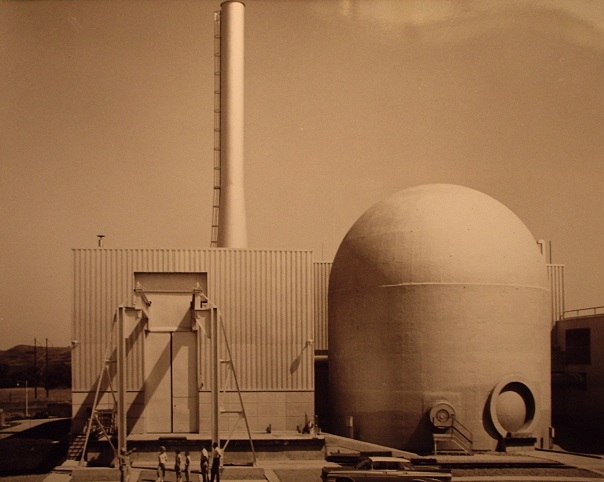The USS Enterprise was officially decommissioned in February 2017.
The USS Enterprise (CVN-65), the world's first nuclear-powered aircraft carrier, has been named an ANS Nuclear Historic Landmark. The designation was officially recognized on December 1 during the ANS Winter Meeting in Washington, D.C.
The inscription on the plaque presented by ANS reads, “In recognition of the most advanced nuclear engineering technology of the 1950s and for her 51 years of service to our nation, the USS Enterprise (CVN-65) is designated as an ANS Nuclear Historic Landmark.”
ANS is honoring Civil Rights-era students and the U.S. Dept. of Energy with inaugural award for integrating first public schools in the southeast U.S.
The American Nuclear Society (ANS) is honoring 85 former students from Tennessee, known as the Scarboro-Oak Ridge, TN 85, and the U.S. Department of Energy (DOE) with the society’s inaugural Social Responsibility in the Nuclear Community Award for their roles in integrating in 1955 the first public schools in the southeastern United States. The award will be presented at the upcoming 2021 ANS Winter Meeting and Technology Expo (Nov. 30 – Dec. 3) being held in Washington, D.C.
J. Ernest Wilkins Jr. was honored posthumously by the University of Chicago at a special event held on March 2, 2007. (Photo: Dan Dry/Wikimedia Commons)
ANS past president (1974–1975) J. Ernest Wilkins Jr. was featured in a recent History.com article highlighting the unsung contributions that Black scientists made to the Manhattan Project.
The author of a recent biography of Vice Admiral Dennis Wilkinson, the first commanding officer of the first nuclear-powered submarine, shares her recollections of him over their 33-year friendship.

Winters
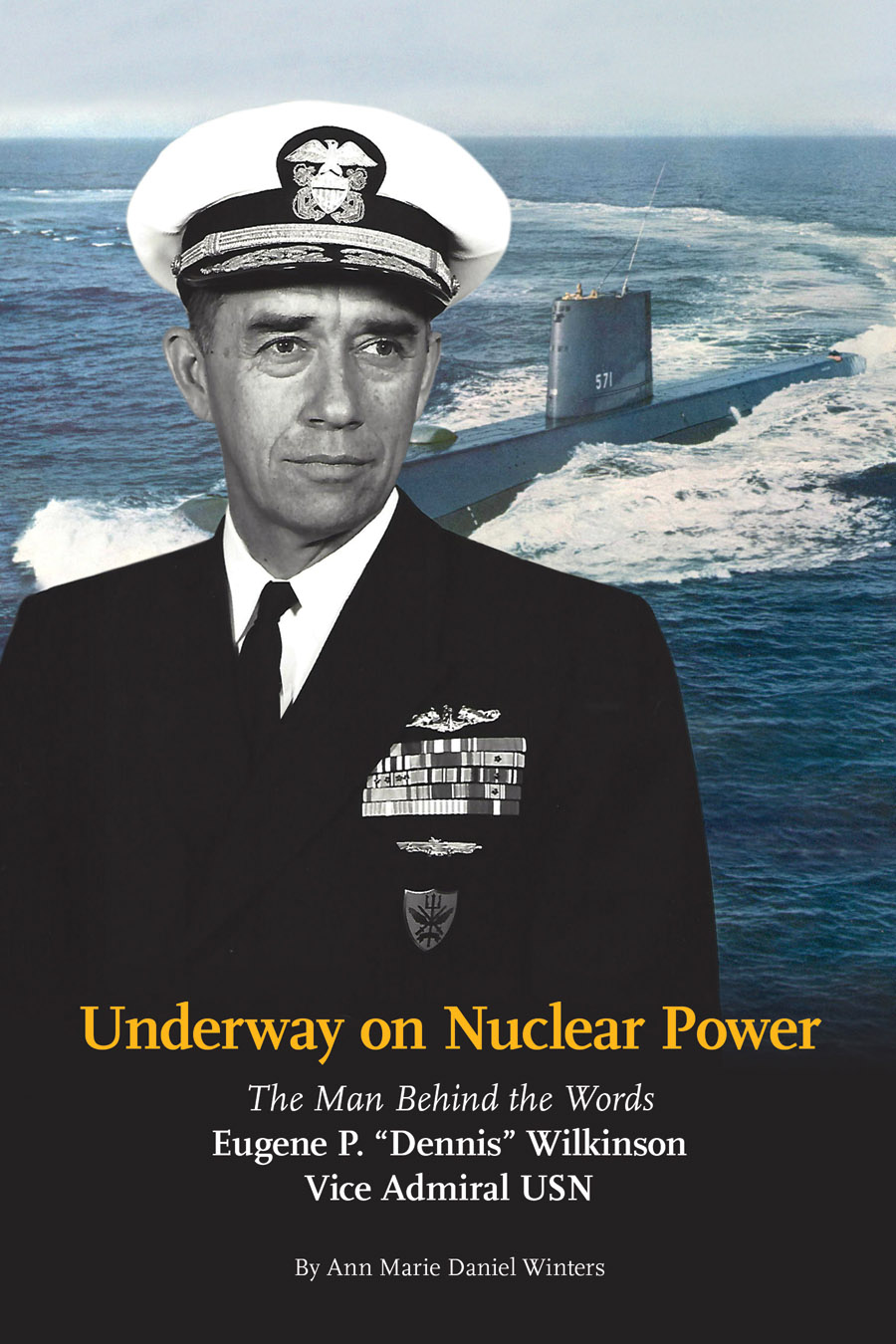 Dennis Wilkinson would have celebrated his 100th birthday on August 10, 2018. The life and career of the man who captained the first nuclear-powered submarine and the first nuclear-powered surface ship and was the first president and chief executive officer of the Institute of Nuclear Power Operations (INPO) have been captured in Ann Winters’s book, Underway on Nuclear Power: The Man Behind the Words, Eugene P. “Dennis” Wilkinson, Vice Admiral USN.
Dennis Wilkinson would have celebrated his 100th birthday on August 10, 2018. The life and career of the man who captained the first nuclear-powered submarine and the first nuclear-powered surface ship and was the first president and chief executive officer of the Institute of Nuclear Power Operations (INPO) have been captured in Ann Winters’s book, Underway on Nuclear Power: The Man Behind the Words, Eugene P. “Dennis” Wilkinson, Vice Admiral USN.
Because of his inherent drive, Wilkinson was often called a cowboy, maverick, visionary, innovator, and superb leader. As the first commanding officer of USS Nautilus, he was a major player in revolutionizing underwater warfare. Nautilus and its crew were immensely popular, at home and abroad, and in the 1950s became what we now call “rock stars.” Nautilus gave nuclear power celebrity status at a time when the United States and the world were grappling with Cold War issues.
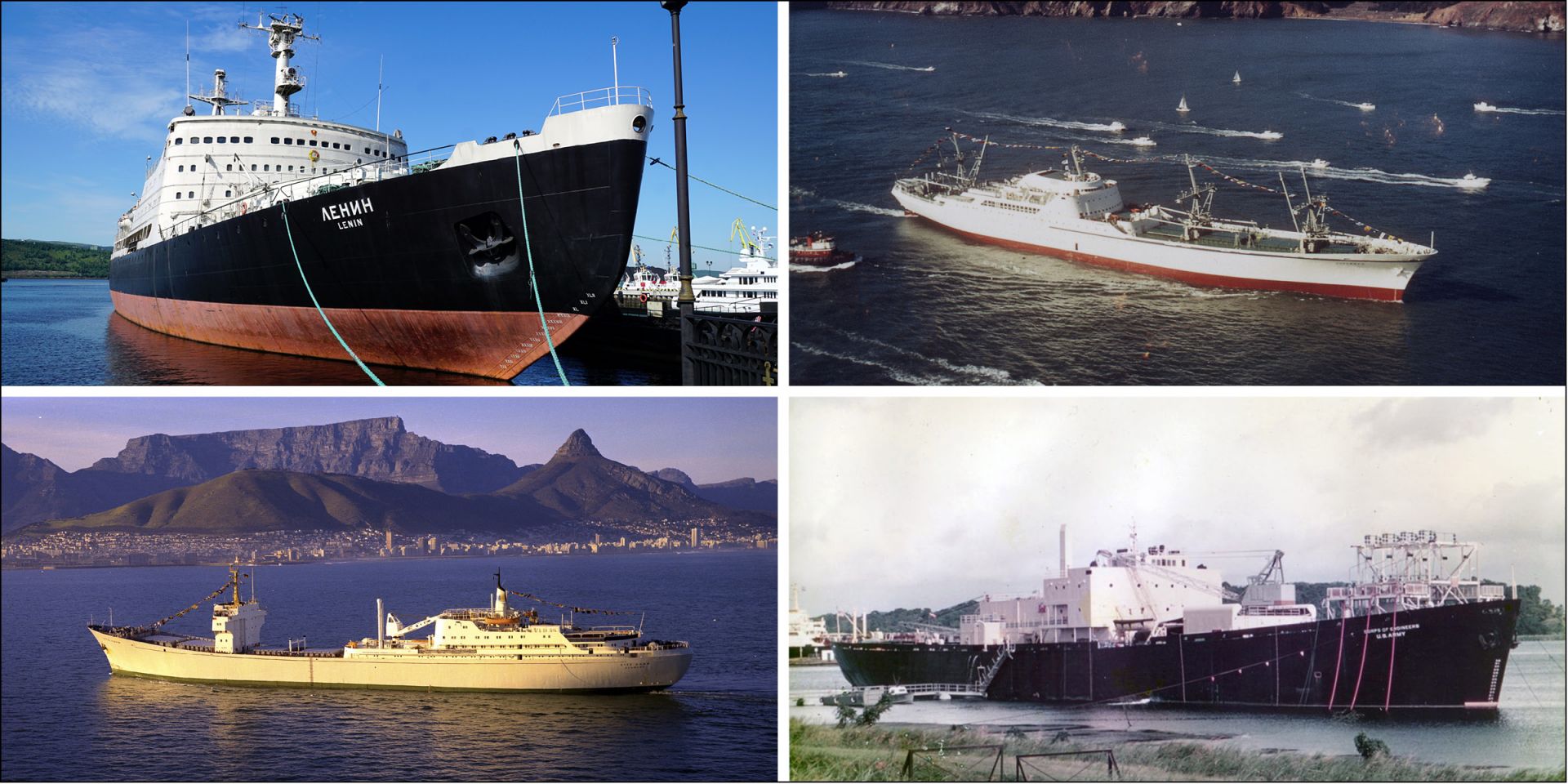


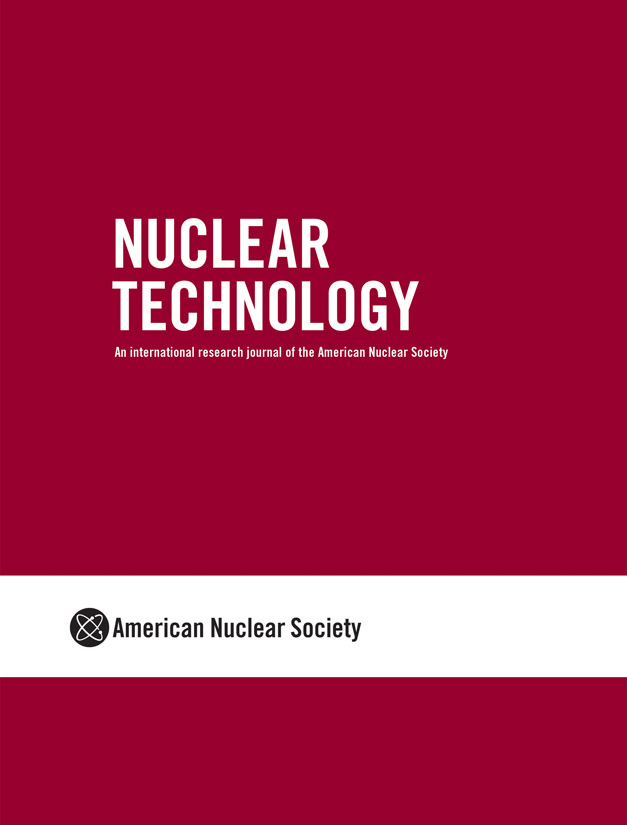 A special issue of the ANS journal Nuclear Technology, published last month, observes the 75th anniversary of the Trinity experiment, the world’s first nuclear explosion, on July 16, 1945, near Alamogordo, N.M. The experiment was a first step toward the conclusion of the Manhattan Project and the end of World War II. The special issue, The Manhattan Project Nuclear Science and Technology Development at Los Alamos: A Special Issue of Nuclear Technology, was sponsored by Los Alamos National Laboratory and curated by Mark Chadwick.
A special issue of the ANS journal Nuclear Technology, published last month, observes the 75th anniversary of the Trinity experiment, the world’s first nuclear explosion, on July 16, 1945, near Alamogordo, N.M. The experiment was a first step toward the conclusion of the Manhattan Project and the end of World War II. The special issue, The Manhattan Project Nuclear Science and Technology Development at Los Alamos: A Special Issue of Nuclear Technology, was sponsored by Los Alamos National Laboratory and curated by Mark Chadwick.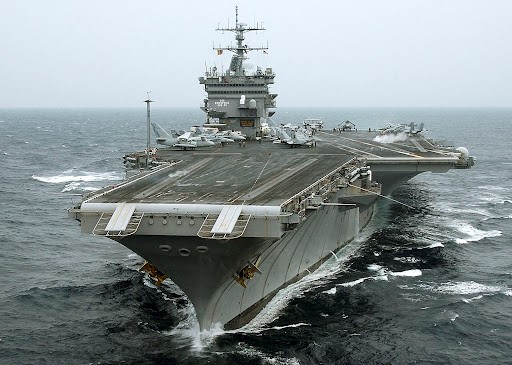
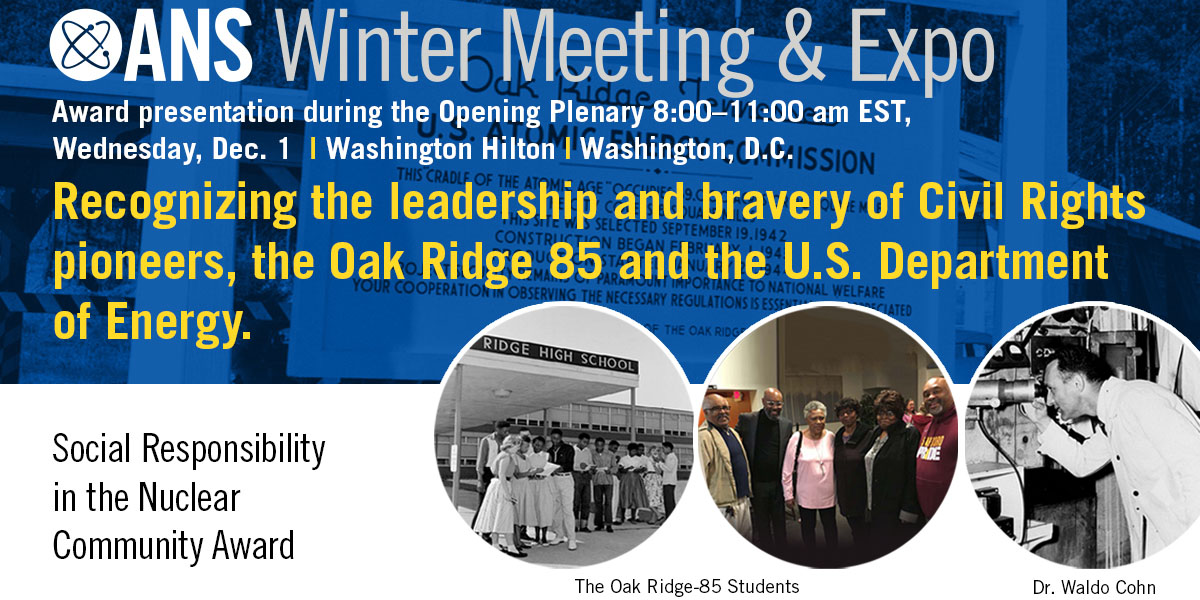


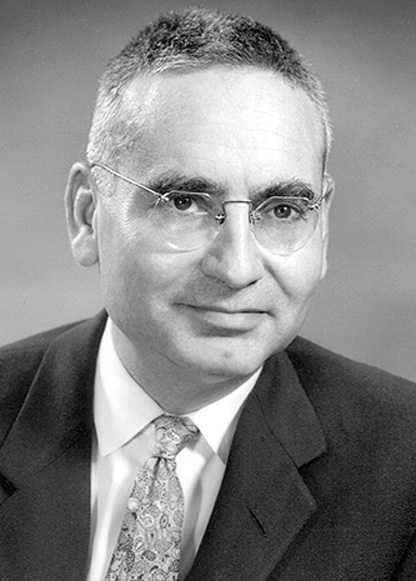
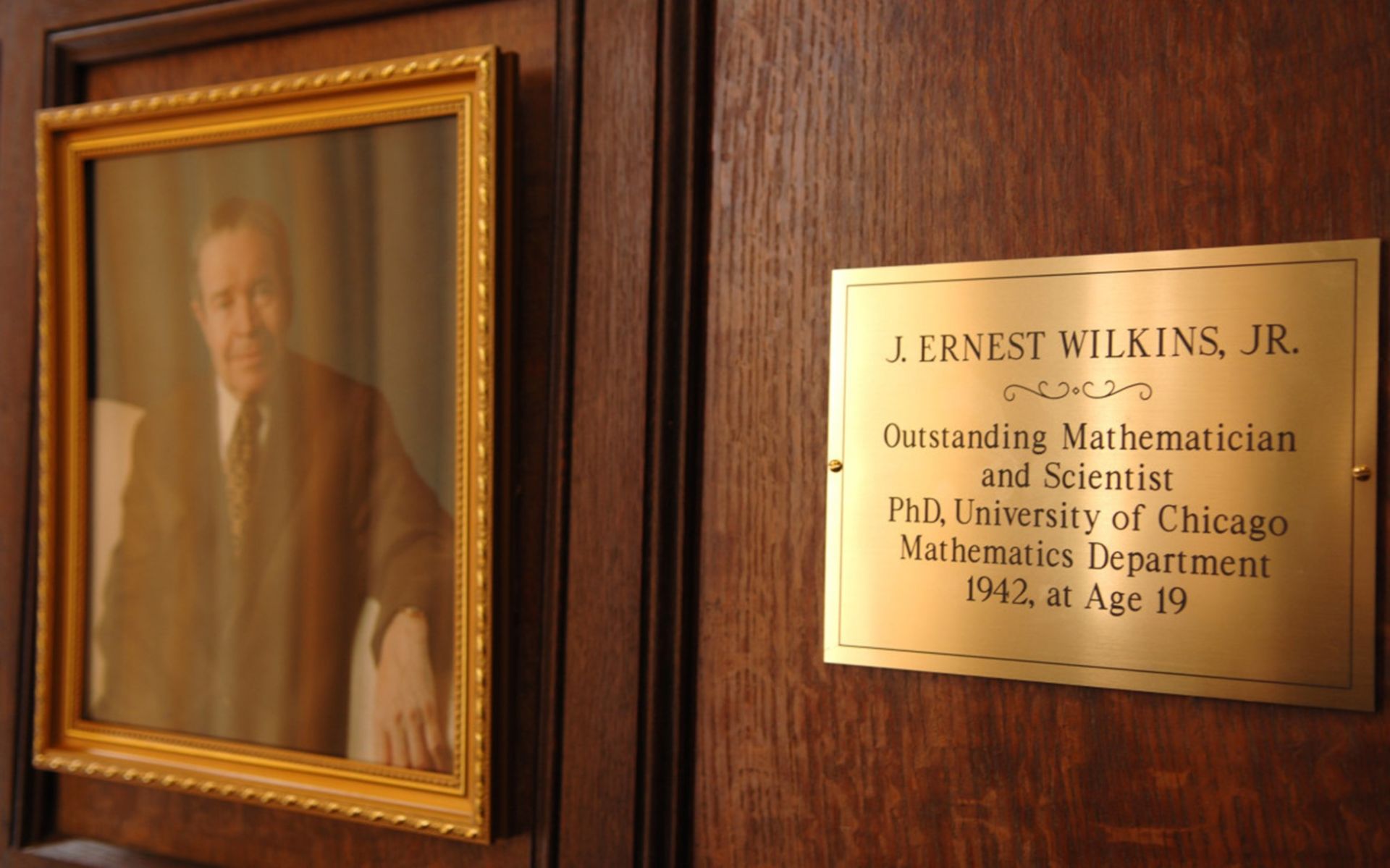

 Dennis Wilkinson would have celebrated his 100th birthday on August 10, 2018. The life and career of the man who captained the first nuclear-powered submarine and the first nuclear-powered surface ship and was the first president and chief executive officer of the Institute of Nuclear Power Operations (INPO) have been captured in Ann Winters’s book, Underway on Nuclear Power: The Man Behind the Words, Eugene P. “Dennis” Wilkinson, Vice Admiral USN.
Dennis Wilkinson would have celebrated his 100th birthday on August 10, 2018. The life and career of the man who captained the first nuclear-powered submarine and the first nuclear-powered surface ship and was the first president and chief executive officer of the Institute of Nuclear Power Operations (INPO) have been captured in Ann Winters’s book, Underway on Nuclear Power: The Man Behind the Words, Eugene P. “Dennis” Wilkinson, Vice Admiral USN.